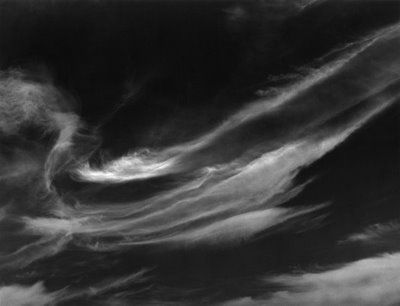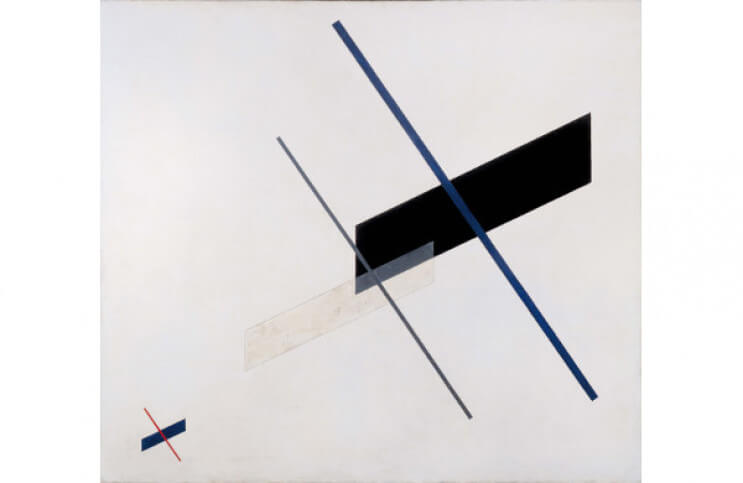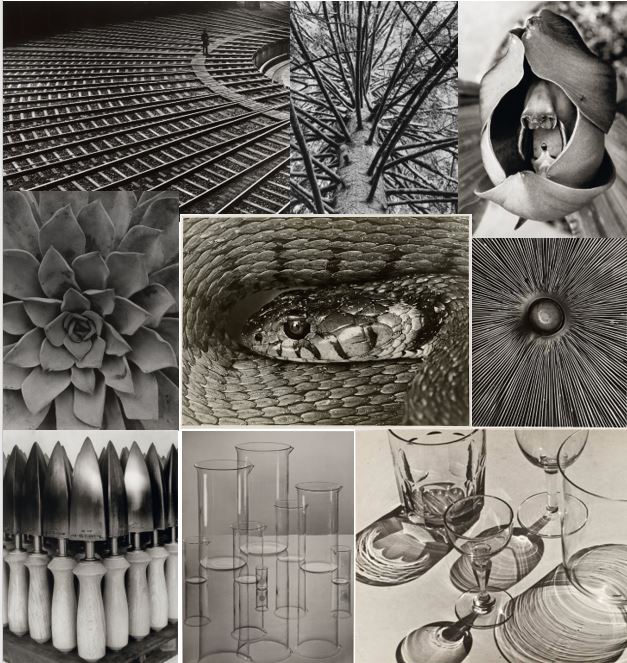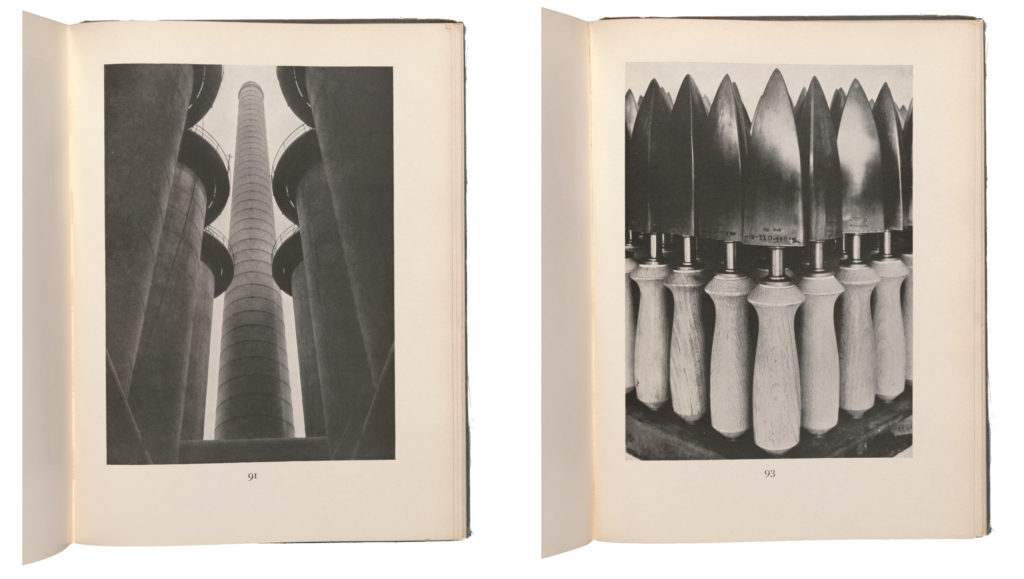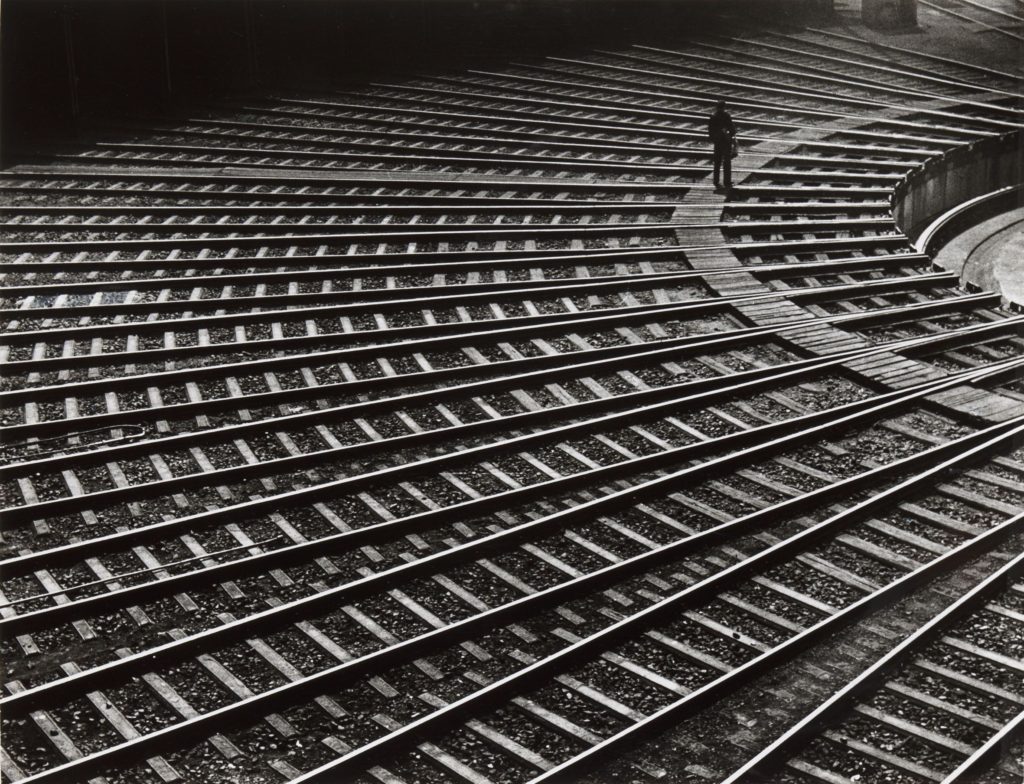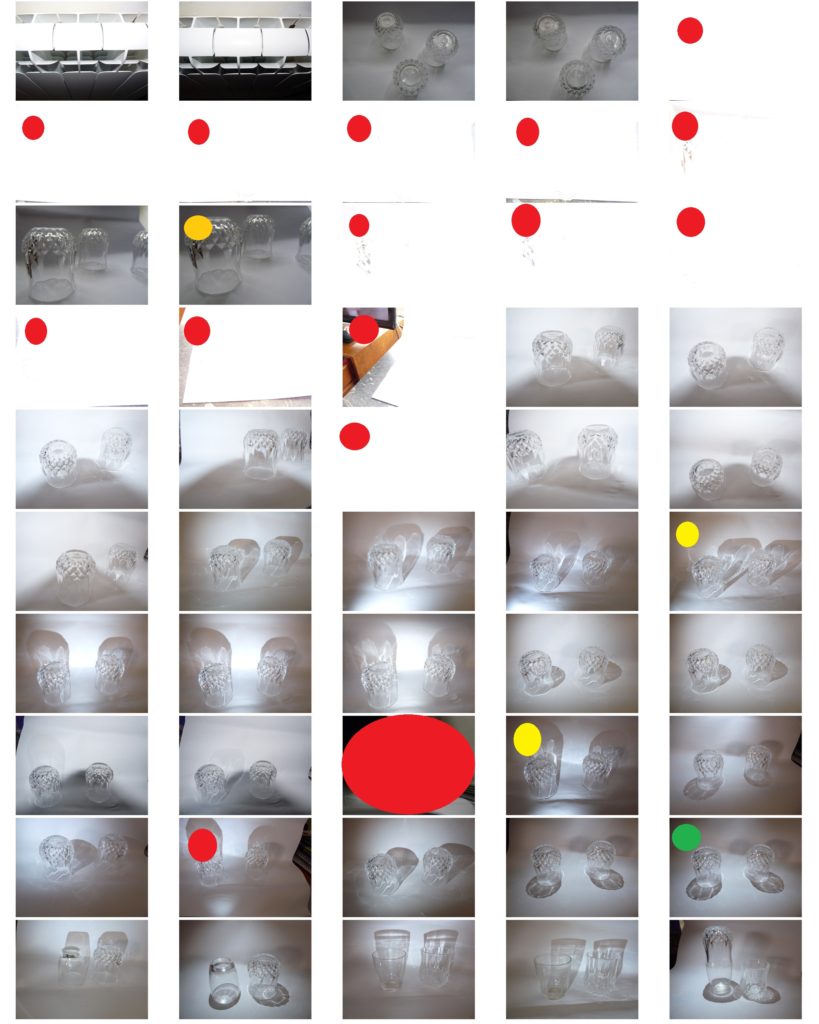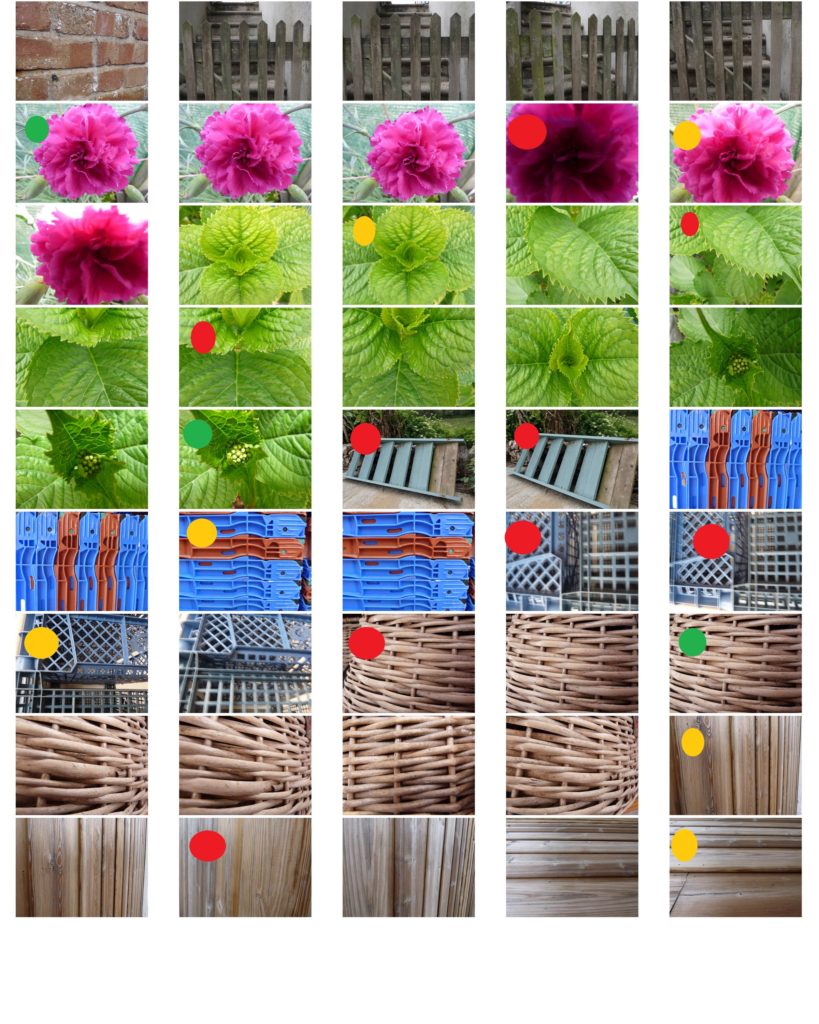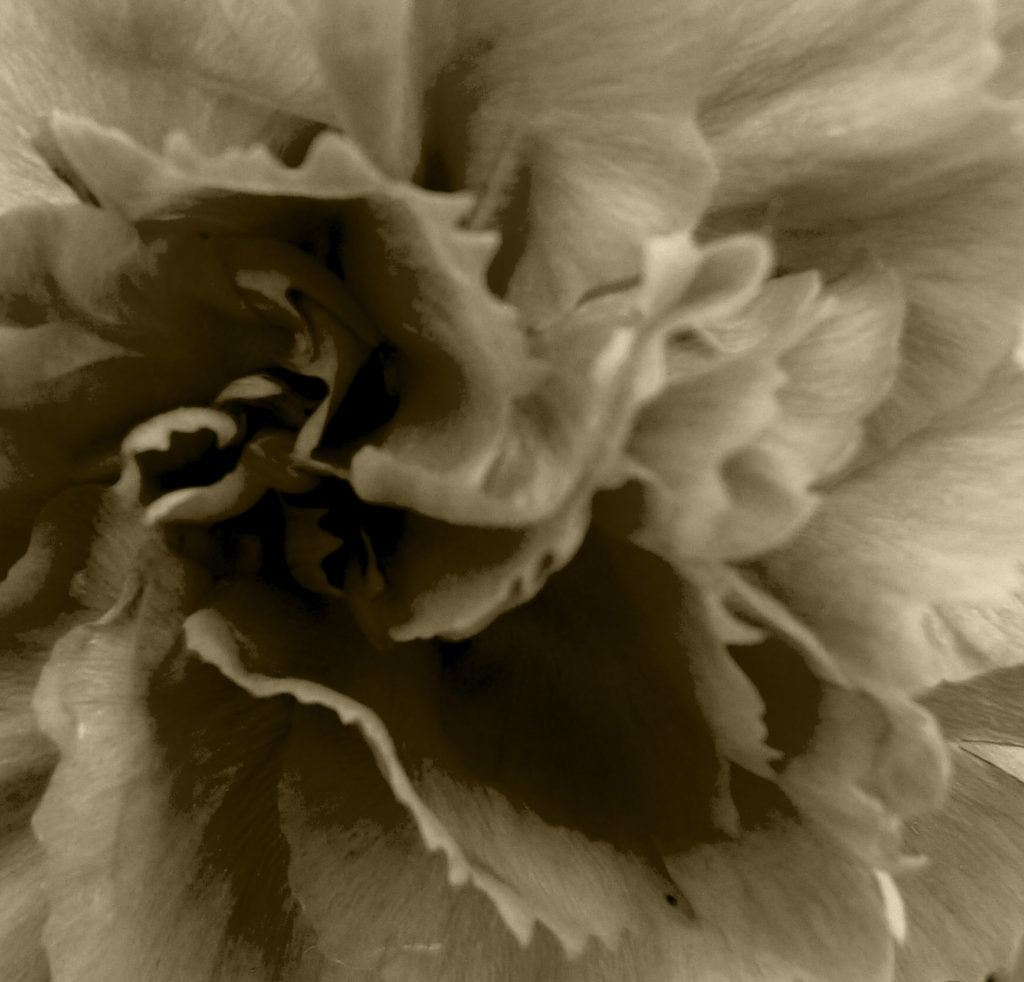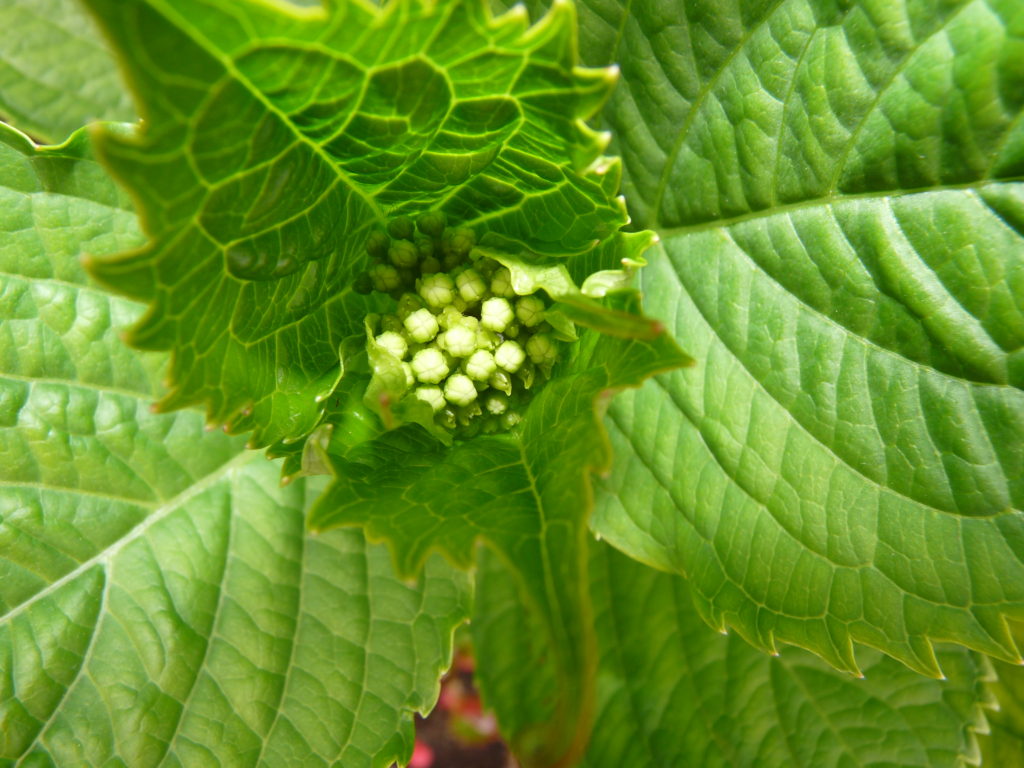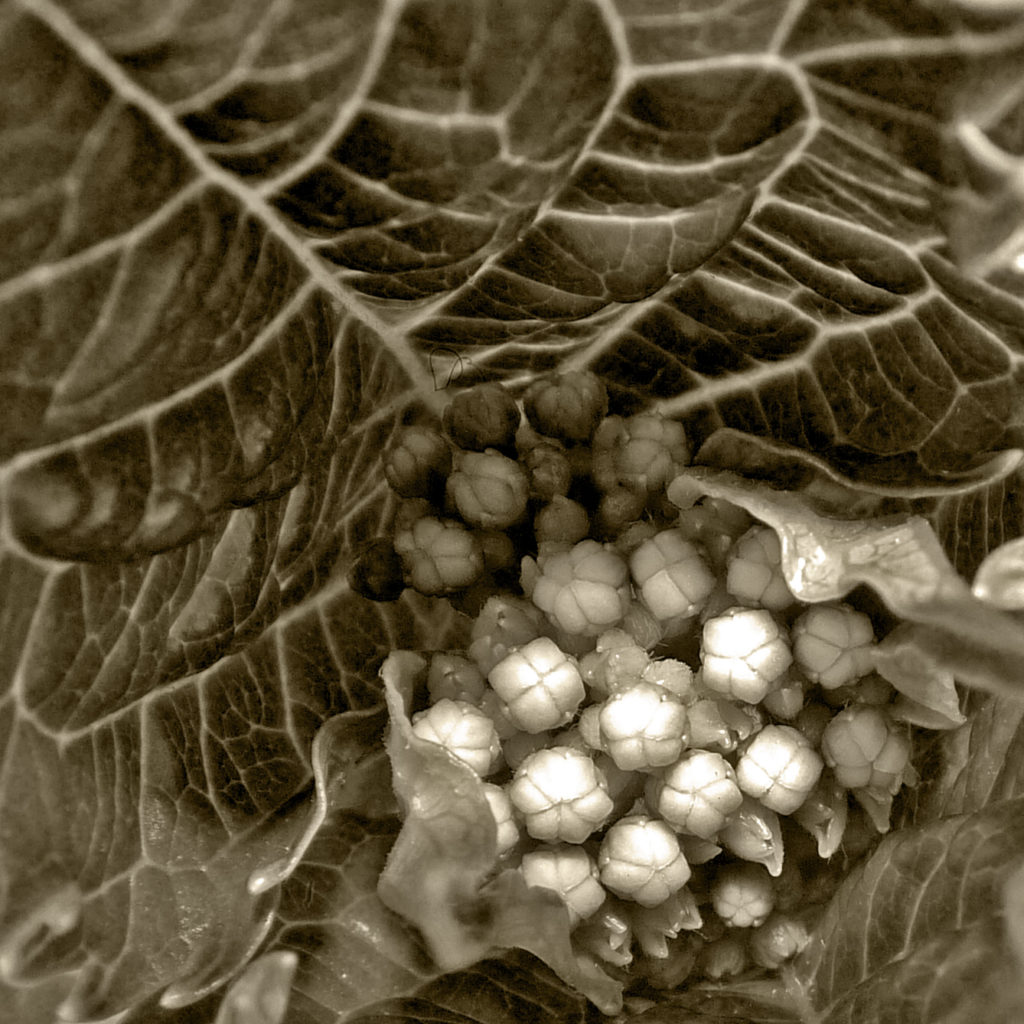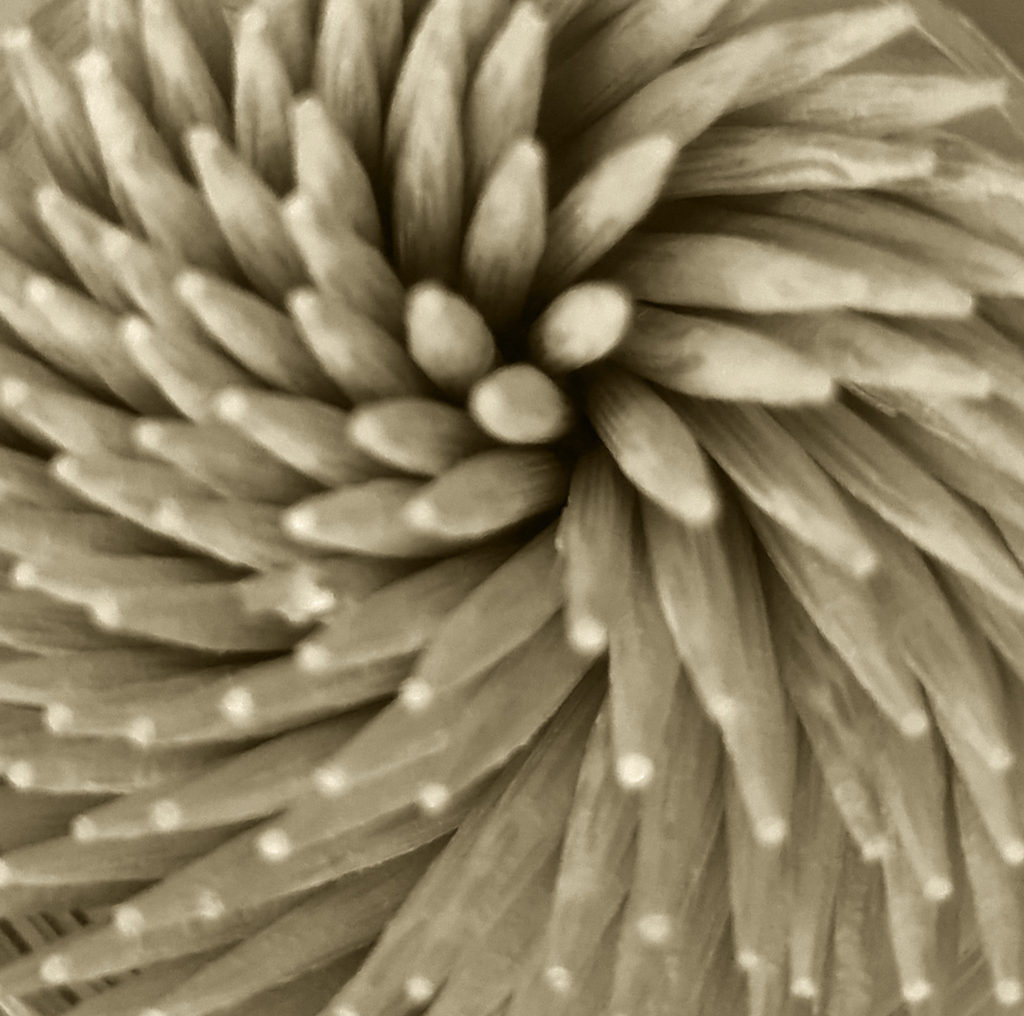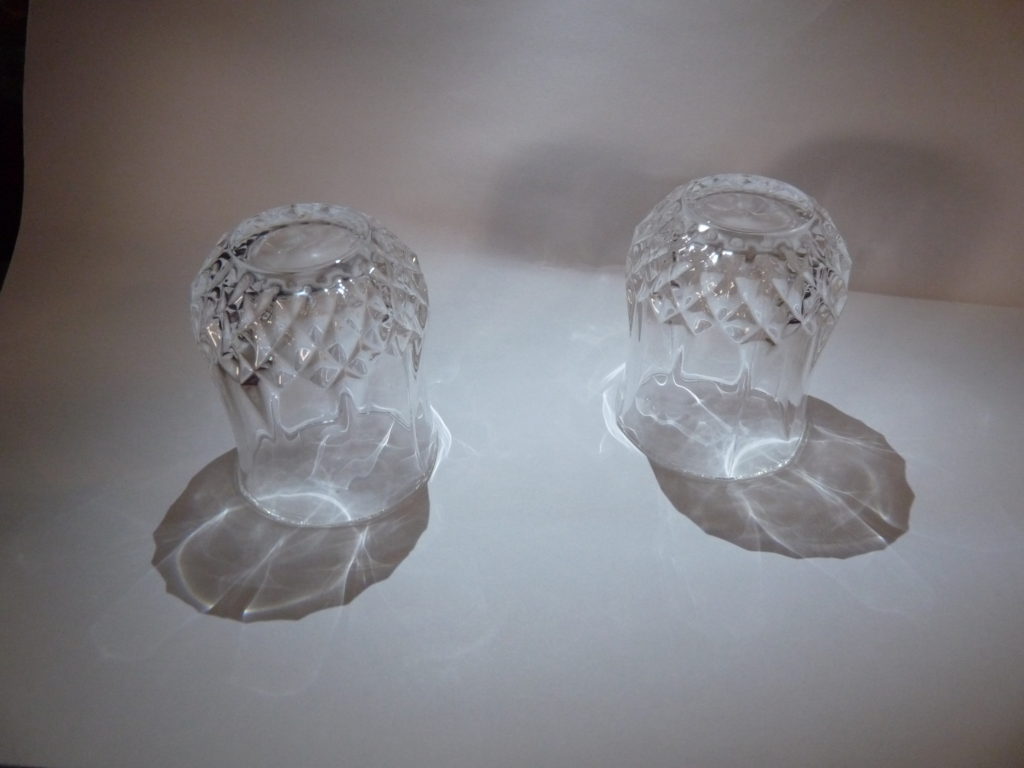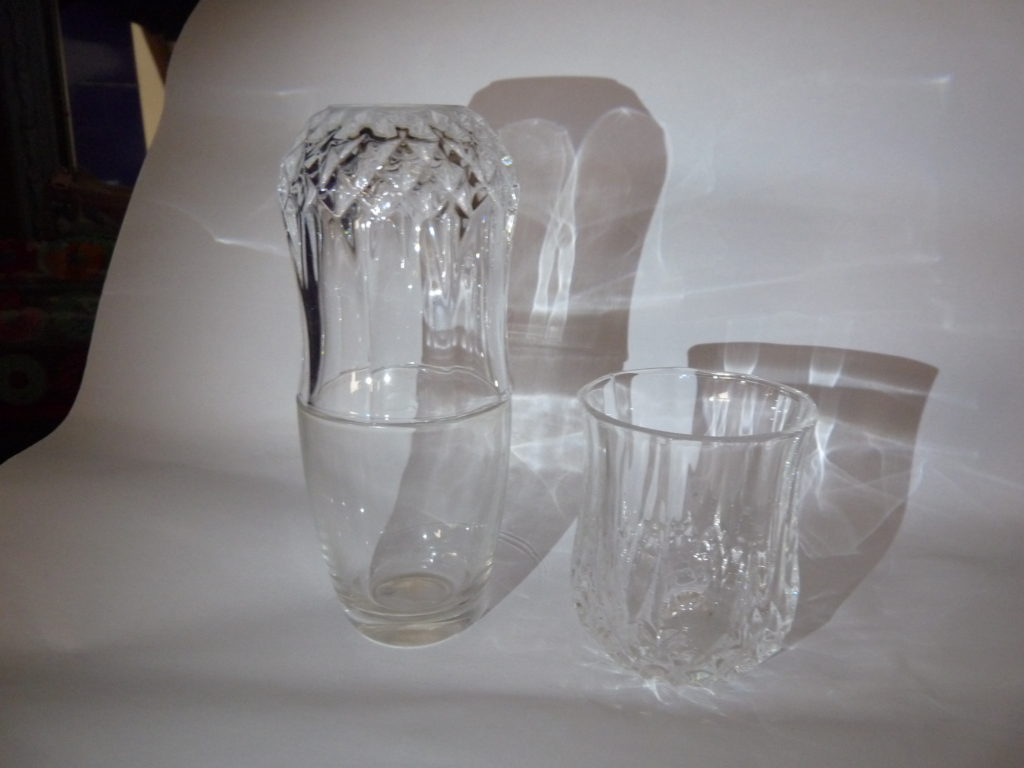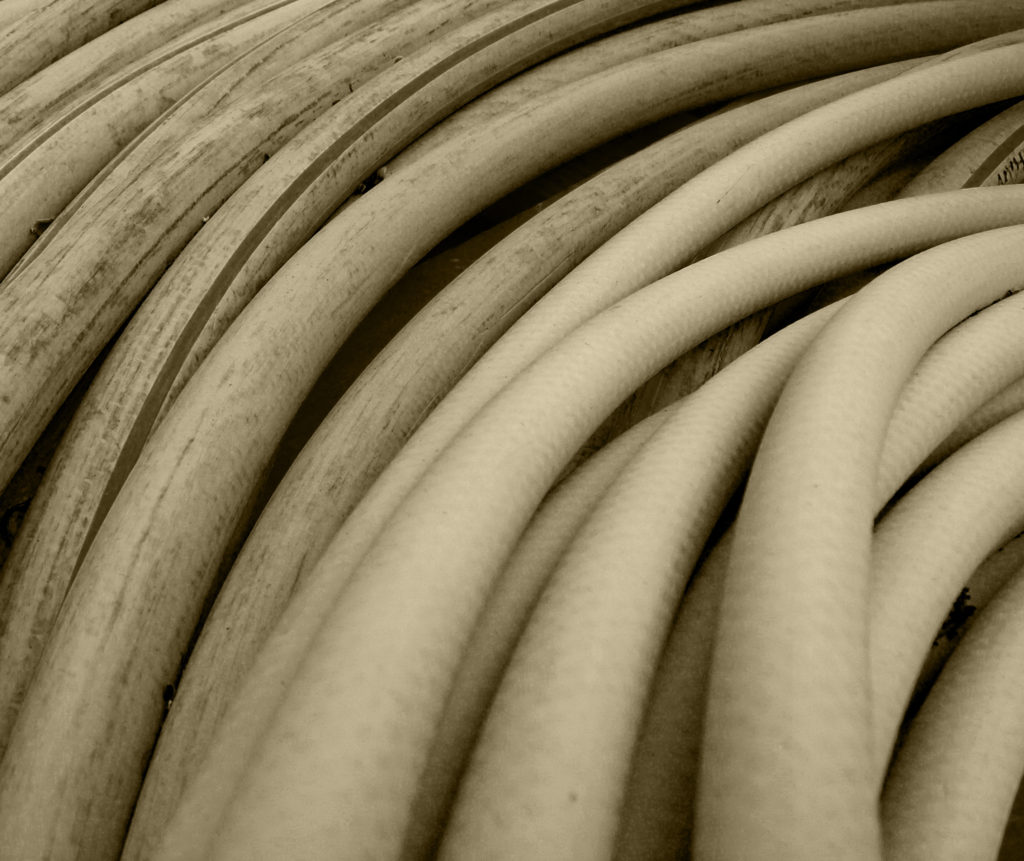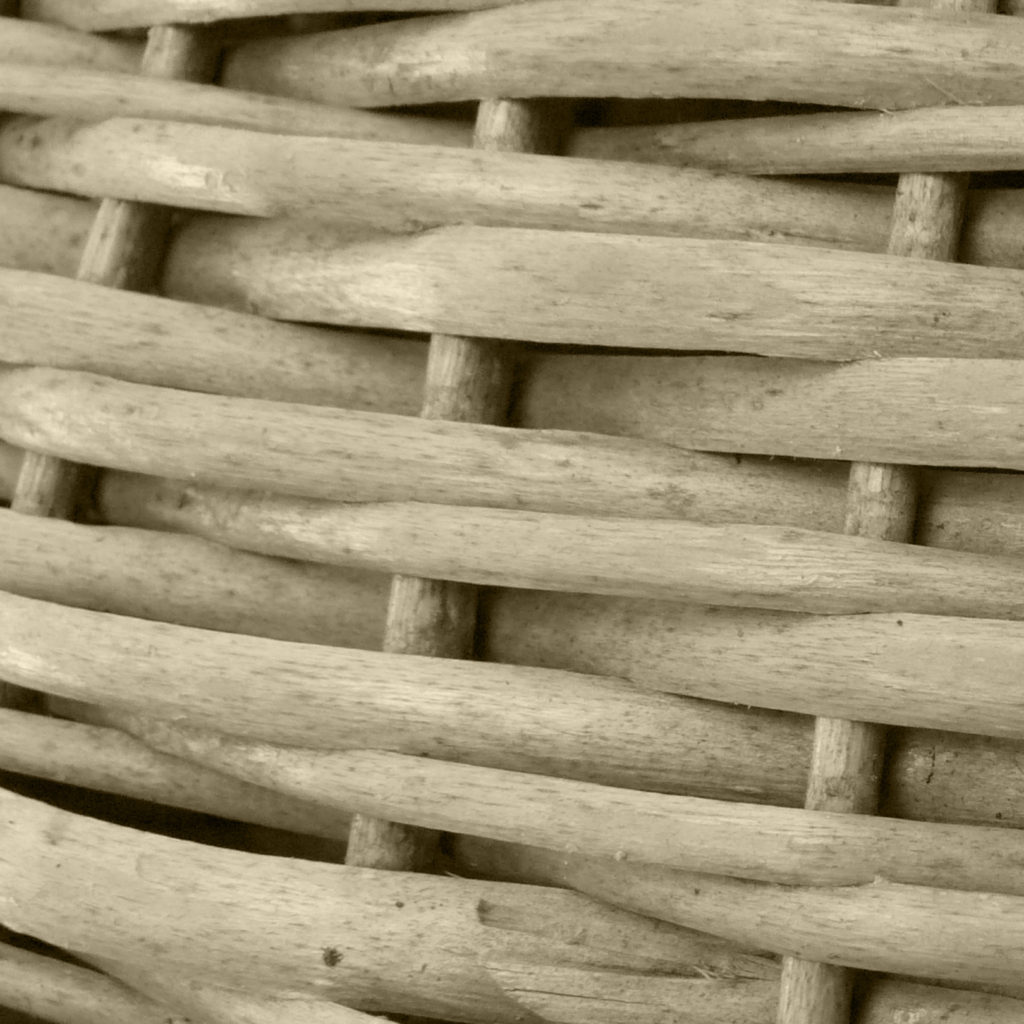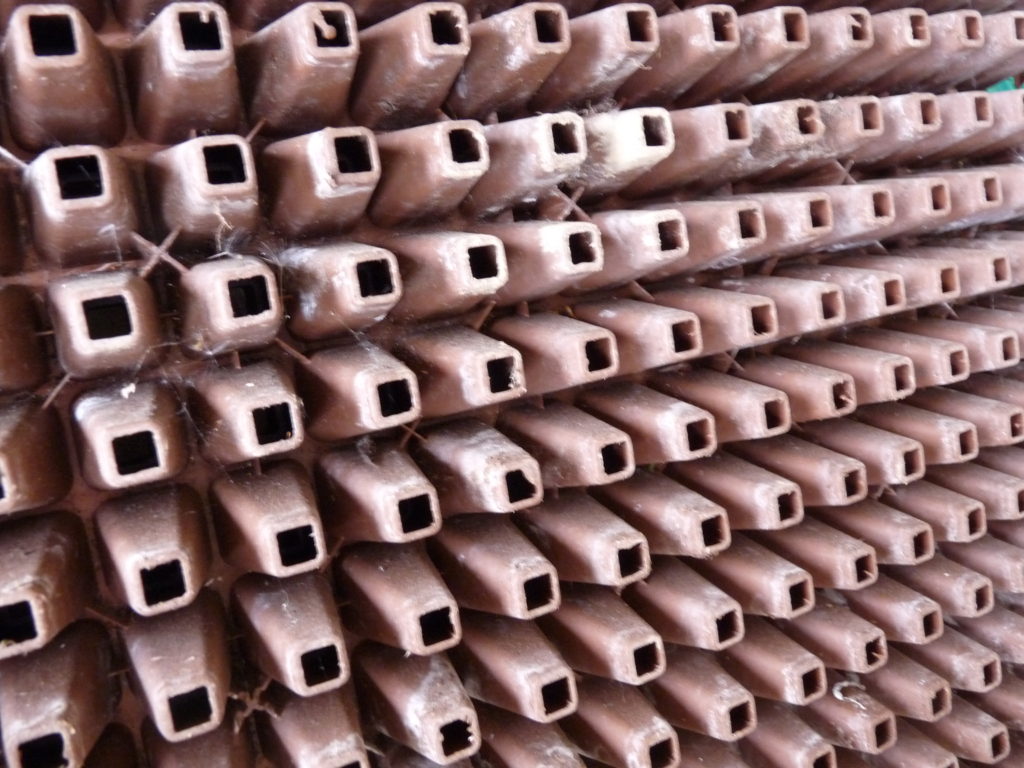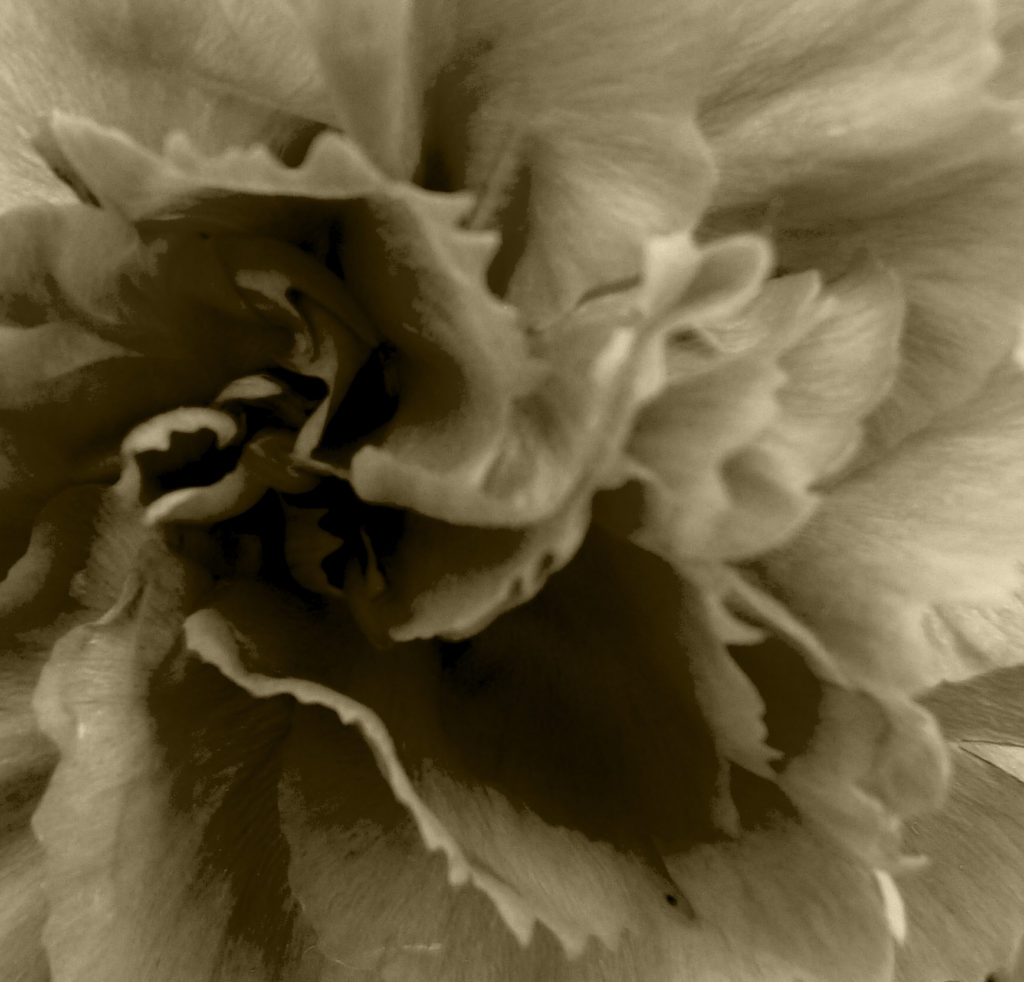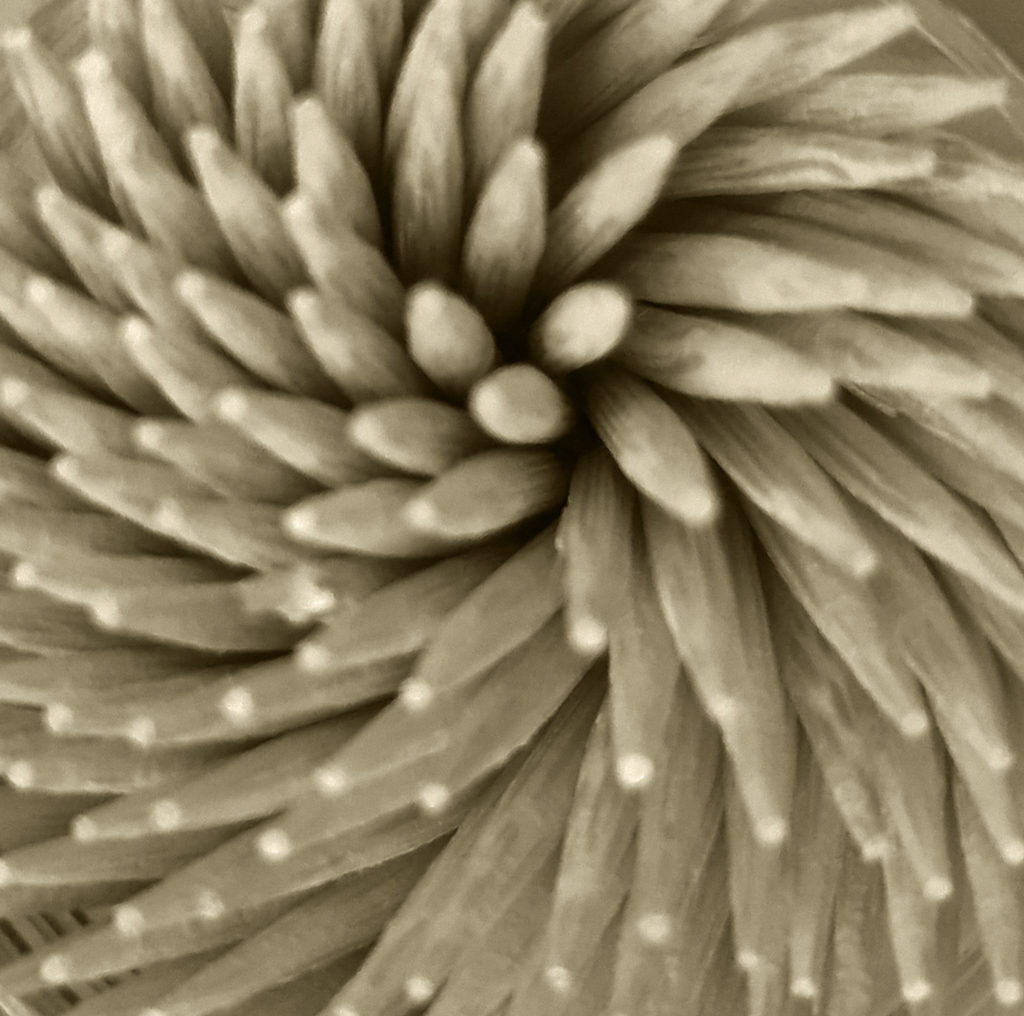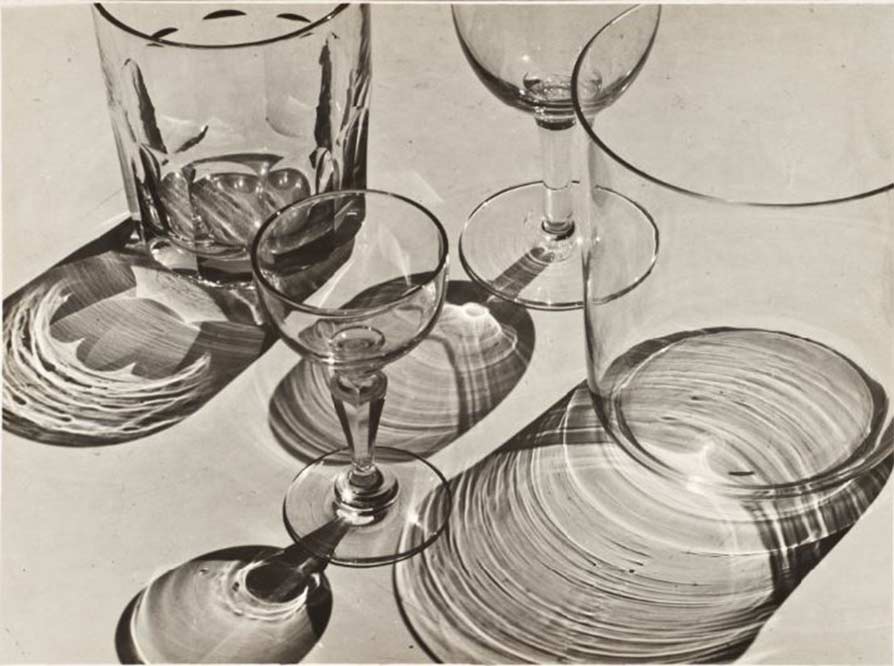Formalism is a study in photography of form which is the way it it made and what it looks like. The photographer can sometimes become a visual designer when when deciding what will stay in the frame and not.
Its has also been descibed as “Soley by sensory or physical properties-” by a British Photographer
Formalism helps to enphasise compositional elements such as line, shape and texture and colour. However it does not contains aspects such as meaning or social and historic context. This strips the contextual and conceptual side of the image and allows the photographer to focus on the texture and fine detailing of the object being photographed.

Abstraction or Abstract photography is a way of creating a visual image that doesnt not create an immediate association with the object “world”. This can be done through means of photographic lighting or equipment, materials or processes. It can also be known as non-objective, experimental, conceptual or even concrete photography
This definition can sometimes be very confusing and hard to understand, Here I found a helpful explination of this matter:
“For instance, get a sheet of paper and a pen, put your hand with fingers slightly separated, and draw an outline of your hand.
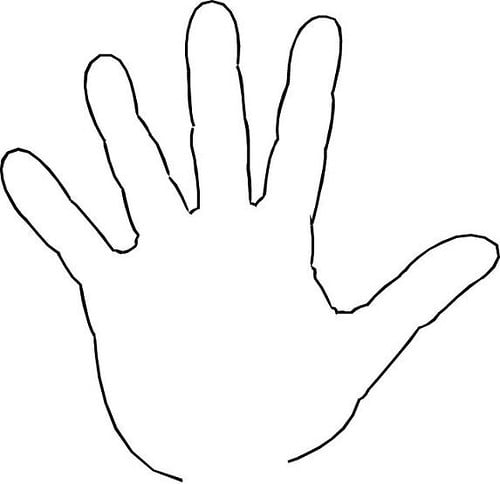
You now have just the outline information, the shape of your hand, by eliminating the skin texture, color, depth, form, etc. It has no fingerprints! This is how abstraction in general works, we leave some information behind and keep the parts we want to include in the /photograph.” https://petapixel.com/2017/03/20/introduction-abstract-photography
A form of Abstraction is done through Isolation or elimination where a photographer takes a natural scene and removes a part or fragement from it; giving context to the audience. This is often done on purpose to create seemingly unrealistic images, this is done through the use of color, light, shadow, texture, shape and/or form to convey a feeling, sensation or impression.

Key Artists:
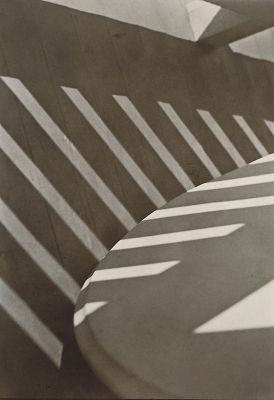
Paul Strand 
Christian Schad 
May Ray

